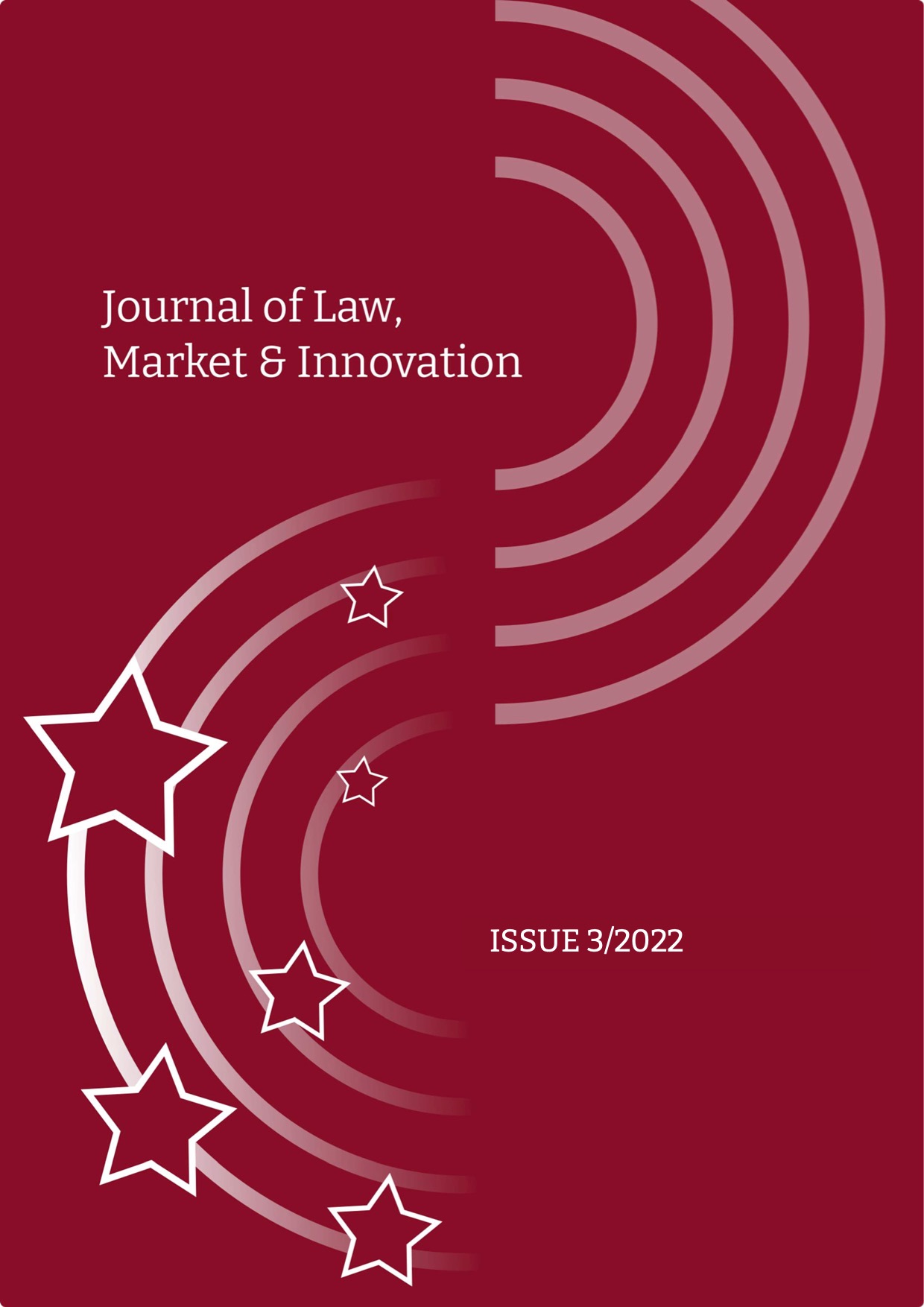How to Reduce Complexity in the Licensing Landscape of Standardised Technology
Abstract
The innovation ecosystem is a fundamental driver of economic development and societal wellbeing. For this reason, key innovations such as 5G and IoT (Internet of Things), which are expected to bring significant benefits to our society and the world economy, should be supported by a standardization effort that allows different infrastructures, services and devices to interoperate in order to facilitate the diffusion and widespread deployment of new technologies on the market and avoid the risk of lock-in into competing, proprietary technologies. Standardization is fundamental to allow interoperability and the worldwide success of new technologies. Standardization bodies have the technical and administrative task to choose the best technology made available by innovators who participate in the standardization efforts. The latter are then rewarded for their contributions to standardization through patent licensing. However, with the ever-increasing complexity in technological standards, licensing activities are often quite complicated, and this causes friction between patent owners and implementers. The article proposes how to solve this complex situation, analysing the role of the FRAND commitment; which factors to be considered when setting a FRAND royalty rate; and how the different interests of innovators (patent owners/licensors) and implementers (licensees) should be well balanced, by means of patent pooling, or injunctions, thus promoting the level playing field that is at the core of fair market competition. This article offers insights from leading market participants who have engaged in licensing of standard essential patents, are developing frameworks to address the challenges of licensing of new technologies covering Internet of Things and application of cellular technologies in the automotive sector; and have actively litigated cases that help shape today’s negotiating process for SEPs. The first part of this article describes Europe’s ambitions in its Digital Agenda and sets out the Inventive Loop (a company’s R&D resulting in patented innovations that when standardised can be licensed for royalties that in turn fund further R&D). It then summarizes the exclusive right available to a patent owner, subject to compulsory licensing and to the holder’s FRAND promise if his innovation is essential to a standard. The article goes on to examines different methodologies for calculating a FRAND royalty rate and its application to new industrial sectors, such as through the adoption by automakers of new cellular mobility technologies. The final part of the article discusses two mechanisms to promote SEP licensing: the judicially created framework for SEP licensing negotiations (as recently set out in Sisvel v Haier) and in patent pools. It assesses a further recent judicial development – anti-suit injunctions – where the exercise of jurisdiction by one court may be harmful to the sovereignty of another. Alternative dispute resolution processes, such as arbitration, may provide a mechanism to resolve global FRAND licensing disputes and reduce these territorial conflicts. The article notes that standard setting organizations could serve as a platform to foster pool formation and to encourage arbitration.



